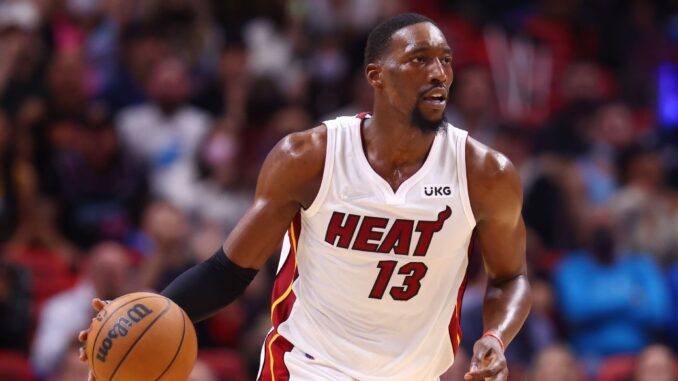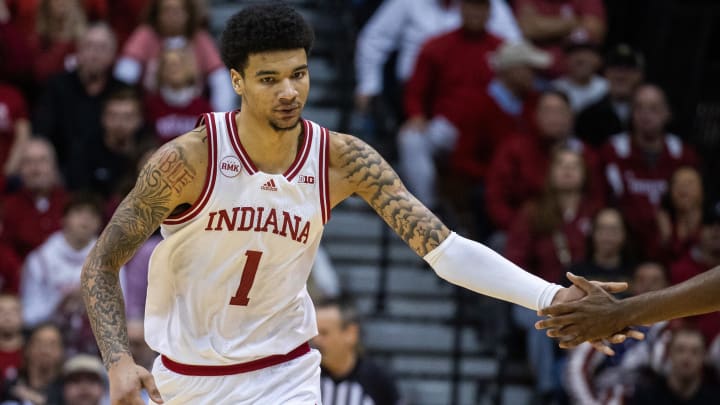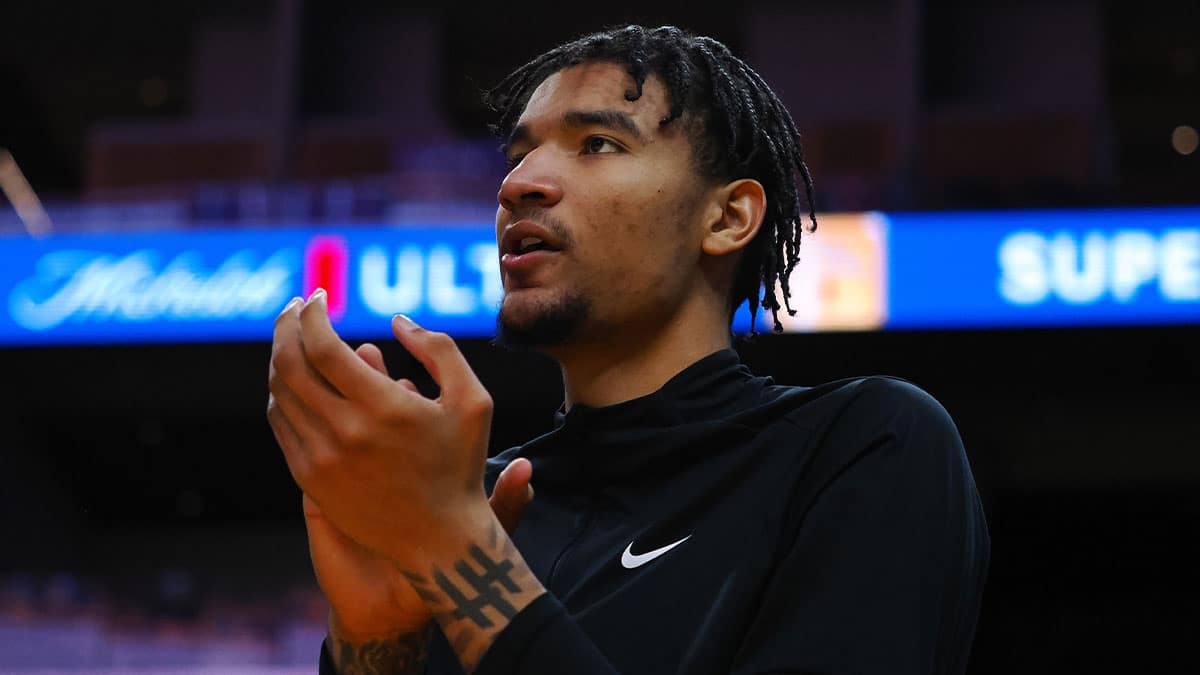
In the 2024 NBA Draft, the Miami Heat made a strategic move by selecting 7-foot center Kel’el Ware from Indiana with the 15th pick. Ware showcased his potential last season at Indiana, averaging 15.9 points, 9.9 rebounds, and 1.9 blocks per game, while shooting 58.6% from the field and 42.5% from three. His strong performance continued in the NBA 2K25 Summer League, where he played a key role in the Heat’s championship run, posting 18 points, 8.3 rebounds, and 1.5 blocks per game, with an improved field goal percentage of 61.8%.

Despite these impressive numbers, Ware’s transition to the NBA presents some challenges, especially with his three-point shooting. While his college three-point shooting percentage was 42.5%, this was based on a small sample size, as he made only 17 of 40 attempts. Over his two-year college career, his three-point shooting average was 33.7%, which, though decent for a center, may not be sufficient to secure an immediate starting role.
The potential shift in the Heat’s lineup involves center Bam Adebayo expressing interest in moving to the power forward position, which could allow Ware to start as center. However, this transition might require reassessment due to the complexities of NBA play. Miami’s current lineup benefits from Nikola Jović’s ability to space the floor with his 39.9% three-point shooting, complementing Adebayo and Jimmy Butler, who are not primary three-point shooters.

This strategy mirrors successful configurations used by other NBA teams. For instance, the Boston Celtics and Minnesota Timberwolves effectively use big men who can shoot from beyond the arc. The Celtics’ Kristaps Porziņģis and Al Horford shot 37.5% and 41.9%, respectively, from three-point range, while the Timberwolves’ Karl-Anthony Towns and Naz Reid posted three-point percentages of 41.6% and 41.4%. These setups allow these players to operate effectively alongside another big, such as the Timberwolves’ Rudy Gobert.
Considering the current landscape and strategies of successful teams, it seems prudent for the Heat to keep Ware in a limited role off the bench as he continues to develop. This approach would give Ware time to adjust to the NBA’s pace and space and refine his skills without the immediate pressure of starting.
Leave a Reply